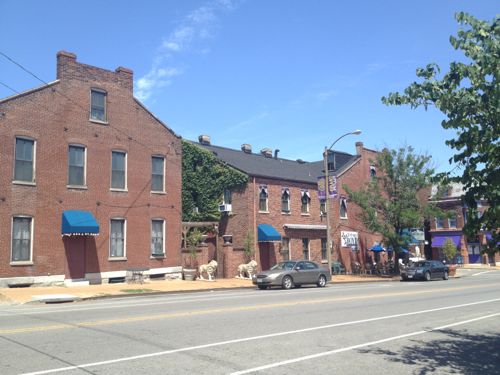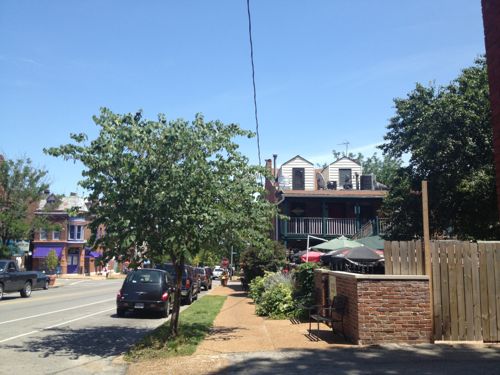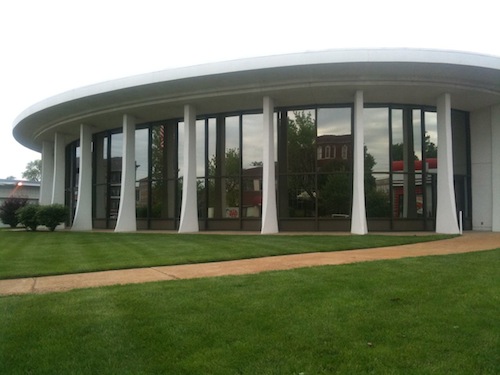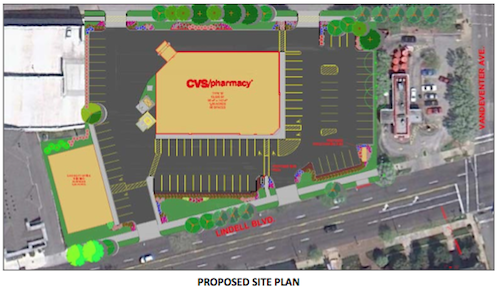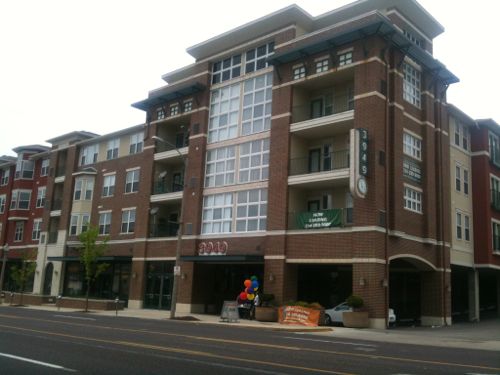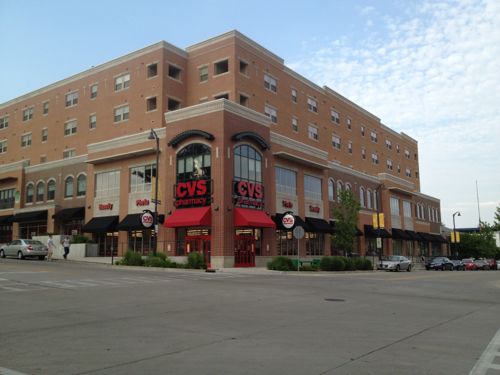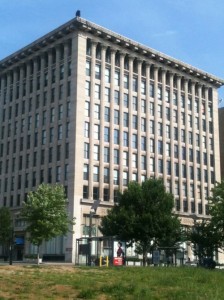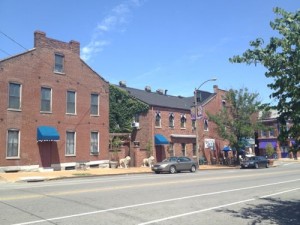North St. Louis Founded 196 Years Ago Today
Today when we think of north St. Louis we think of the north half of the city whose boundaries were established in 1876. Sixty years earlier North St. Louis was founded as a separate municipality from St. Louis:
June 29, 1816:
A town was incorporated which rivaled its southern neighbor, St. Louis, for many years. The new town, founded by Maj. William Christy, was named simply “North St. Louis.” Its southern boundary line was Madison Street, then a considerable distance from the northern boundary of the city which Christy and his associates referred to as “St. Louis under the hill.”
Christy had come to St. Louis from Pennsylvania with advanced ideas about city planning. With two partners, he proposed a scheme for developing a city which would appeal to the settlers flocking in from the East. Street names reflected the founders’ interest in politics — Madison and Monroe; Benton for the young lawyer who would become one of Missouri’s first senators; and Warren, for a hero at Bunker Hill. A boatyard was established, and inducements offered steamboats to land at North St. Louis instead of farther downstream. A ferry made regular runs between North St. Louis and Alton. In 1841, just a quarter century after its founding, the city was absorbed into St. Louis. (Source: St. Louis Day by Day by Frances Hurd Stadler, page 122)
Hence most of the area is known today as the Old North St. Louis neighborhood today.
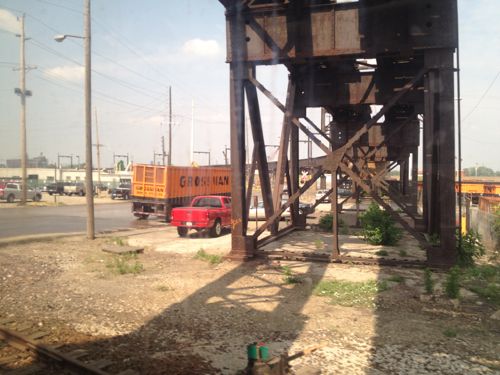
Keep in mind St. Louis was founded in 1764 and incorporated in 1822. If my sources are correct, North St. Louis was incorporated six years before St. Louis was! St. Louis’ population was small but growing quickly:
- 1810: 1,600
- 1820: not available
- 1830: 4,977
- 1840: 16,469
- 1850: 77,860
- Source: Wikipedia
My original intent of this post was just to note the anniversary but the part about North St. Louis offering inducements to steam ships has me thinking about the many municipalities in our region still doing the same thing nearly two hundred years later.
I was a resident of Old North St. Louis from 1991-94 and I try to get to Crown Candy Kitchen 2-3 times per year.
— Steve Patterson
